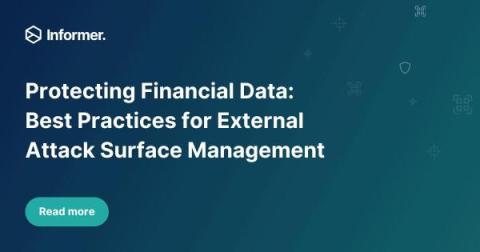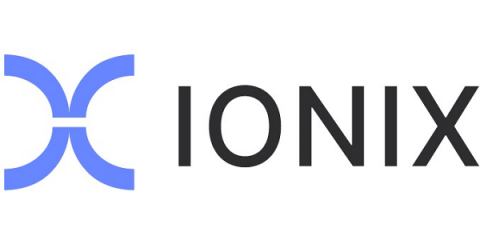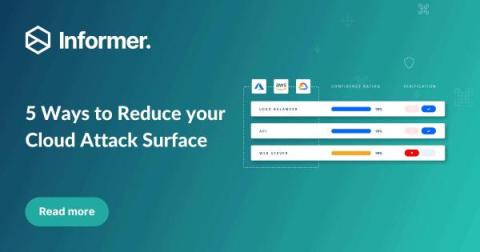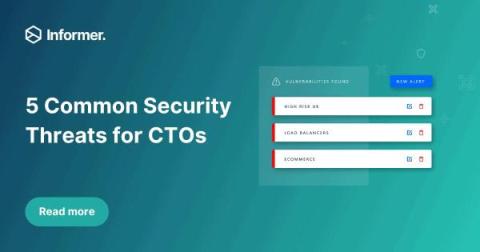Security | Threat Detection | Cyberattacks | DevSecOps | Compliance
ASM
Protecting Financial Data: Best Practices for External Attack Surface Management
Forrester Recognizes Informer in External Attack Surface Management Landscape Report
External Attack Surface Management Market Size: An Overview
Attack surface management (ASM) is becoming increasingly important for businesses today. The attack surface is expanding and becoming more complex than ever before, driven by numerous factors, including the COVID-19 pandemic and resulting shift to remote work, widespread cloud adoption and the resulting growth of shadow IT, increased use of managed services (SaaS), and third-party vendor services.
Attack Surface Management vs. Vulnerability Management: What's the Difference?
Attack surface management (ASM) and vulnerability management (VM) are often confused, but they’re not the same. The primary difference between the two is scope: Attack surface management and external attack surface management (EASM) assume that a company has many unknown assets and therefore begin with discovery. Vulnerability management, on the other hand, operates on the list of known assets.
CrowdStrike Expands CrowdStrike Falcon Platform with Industry's Most Complete Adversary-Driven External Attack Surface Management Technology to Minimize Risk from Exposed Assets
Unveiling CrowdStrike Falcon Surface: The Industry's Most Complete Adversary-Driven External Attack Surface Management (EASM) Technology
Resilient cybersecurity posture can only be achieved with a full understanding of your internal and external attack surface. CrowdStrike Falcon® Surface builds on our award-winning adversary intelligence with cutting-edge external attack surface management (EASM) capabilities for a complete picture of known and unknown externally exposed assets, all delivered via the unified CrowdStrike Falcon® platform.










